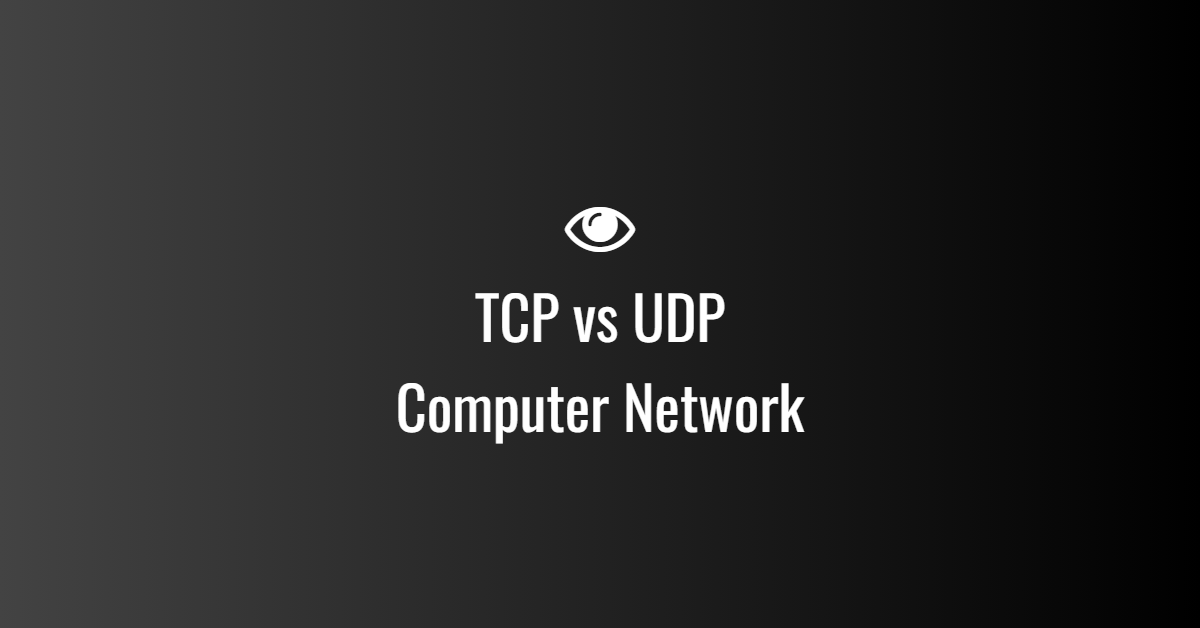
TCP vs UDP in Computer Network
TCP (Transmission Control Protocol) and UDP (User Datagram Protocol) are both transport layer protocols used to send data over the internet, but they have key differences in reliability, speed, and use cases.
TCP (Transmission Control Protocol)
- Connection-oriented: Establishes a connection before data transfer (via a 3-way handshake).
- Reliable: Ensures all packets arrive, retransmits lost ones, and maintains order.
- Error checking: Detects errors and requests retransmission if needed.
- Slower: Due to acknowledgments, retransmissions, and error correction.
- Use Cases:
- Web browsing (HTTP/HTTPS)
- Email (SMTP, IMAP, POP3)
- File transfer (FTP)
- Remote access (SSH)
UDP (User Datagram Protocol)
- Connectionless: Sends data without setting up a connection.
- Unreliable: No acknowledgment, retransmission, or guaranteed order.
- Faster: No delays from error checking or connection setup.
- Use Cases:
- Live streaming (video, audio)
- Online gaming (low latency)
- VoIP (Voice over IP)
- DNS (Domain Name System)
- DHCP (Dynamic Host Configuration Protocol)
Key Differences
| Feature | TCP | UDP |
|---|---|---|
| Connection | Connection-oriented | Connectionless |
| Reliability | Reliable (acknowledgments, retransmission) | Unreliable (no retransmission) |
| Speed | Slower (error checking, congestion control) | Faster (minimal overhead) |
| Order Guarantee | Maintains packet order | No order guarantee |
| Error Handling | Yes (checks and corrects errors) | Minimal (checksum only) |
| Use Cases | Web, email, file transfers | Streaming, gaming, VoIP |
Analogy
- TCP is like a phone call 📞: You confirm the connection, ensure the other person hears every word, and repeat anything unclear.
- UDP is like a radio broadcast 📻: The sender keeps transmitting without checking if the listener received everything.


